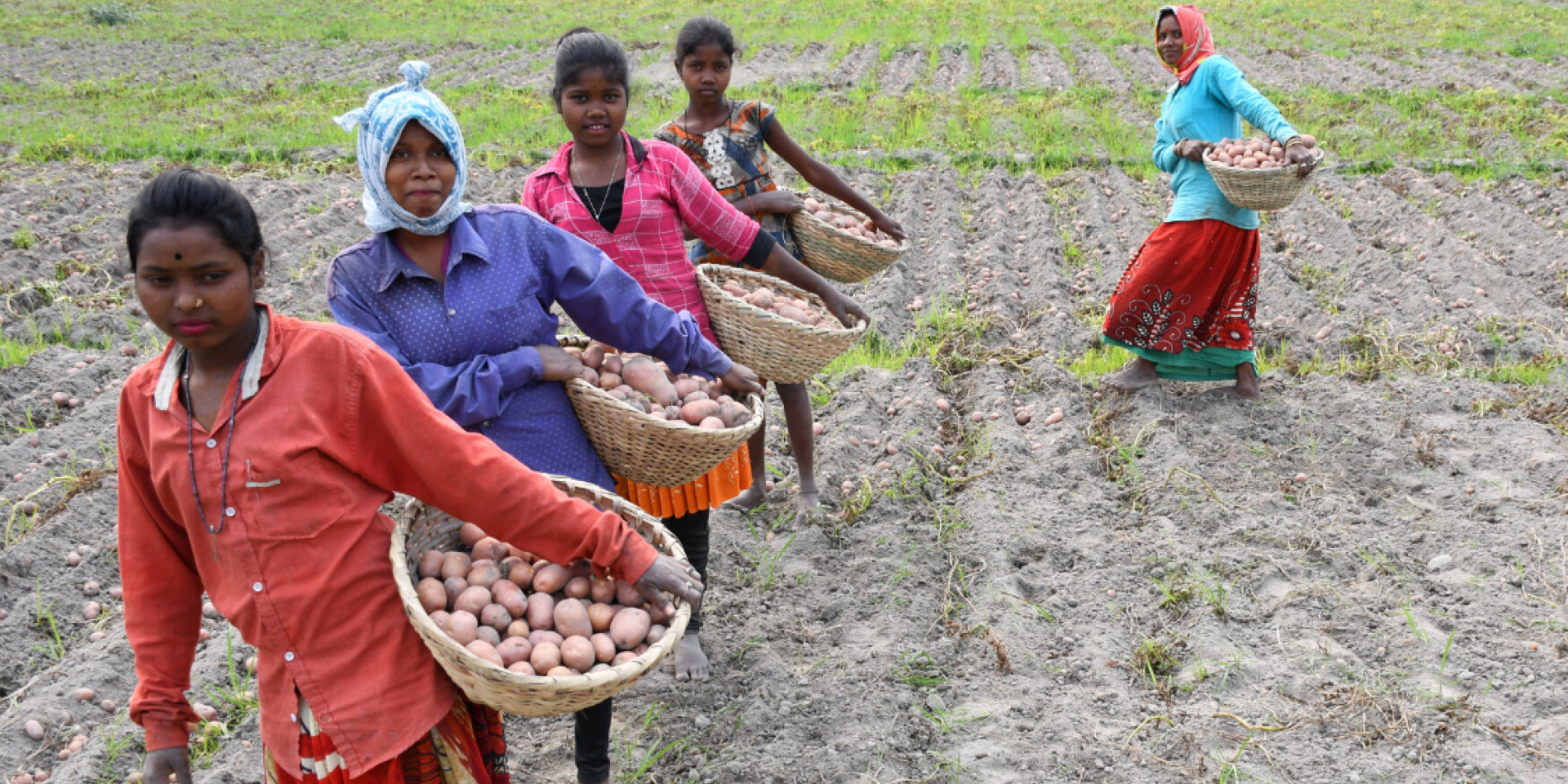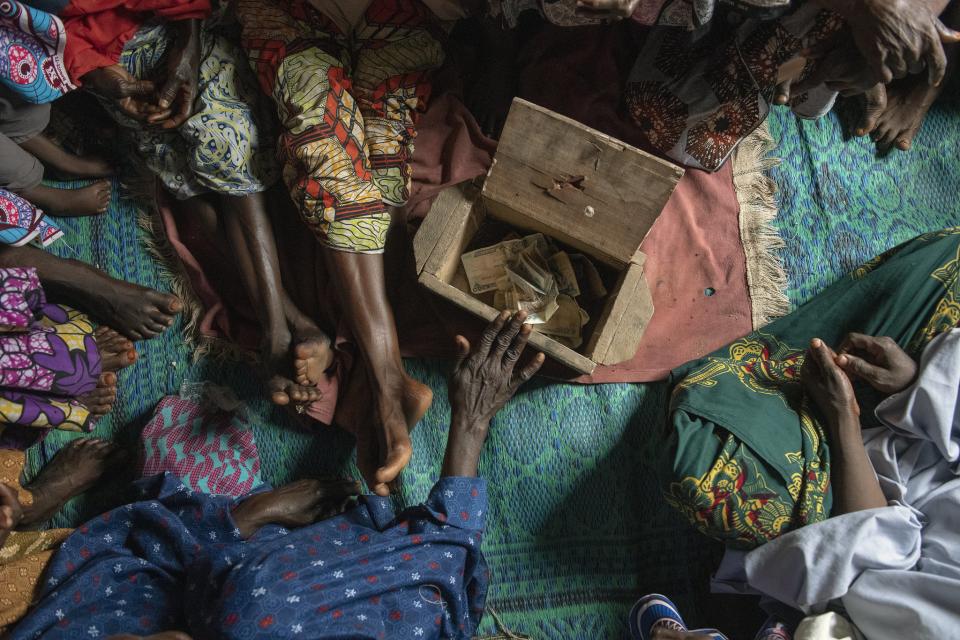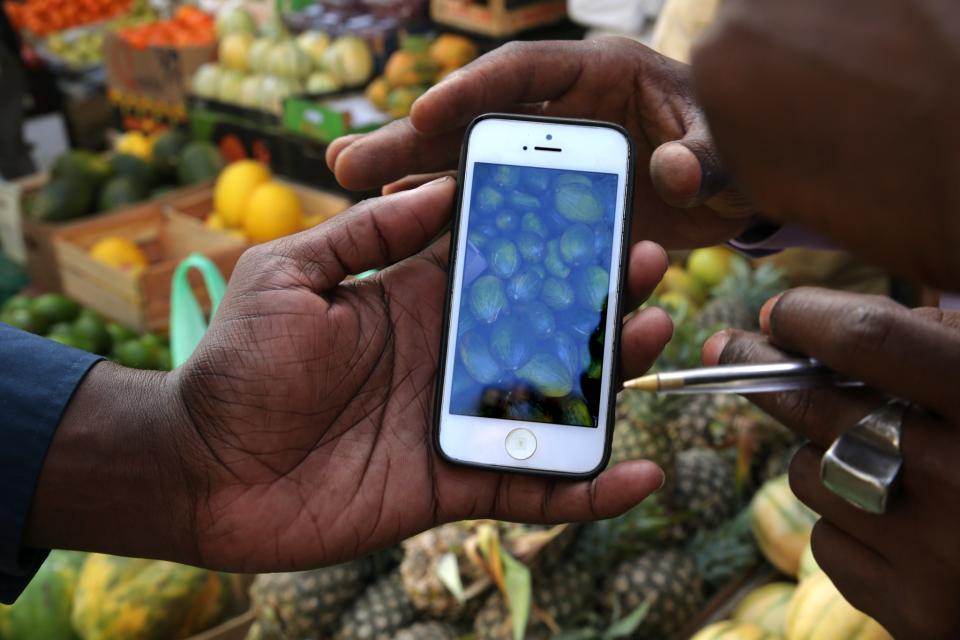Reach, Benefit, Empower, Transform: Approaches to helping rural women secure their resource rights
 Photo: International Potato Center (CIP)
Photo: International Potato Center (CIP)
The Reach, Benefit, Empower framework—a tool for clarifying gender strategies for development projects—emerged in 2016 following a review of a group of agricultural development projects under the Gender, Agriculture, and Assets Project Phase Two (GAAP2) portfolio. Even though the stated aim of all the projects was to empower women, closer examination found very little that would contribute to that goal—understood as the ability to make strategic life choices. Instead, most projects focused on reaching women—for example, with training. It wasn’t even clear if they were benefiting women, by providing them with something they valued, let alone contributing to their empowerment.
The insights from that initial review, seeking to explain what about the goal of “empowerment” was different from the goals of typical programming—even specifically gender-responsive programming—shaped the Reach, Benefit, Empower framework. It has proven very useful in helping researchers and managers refine their thinking and carry women’s empowerment goals through from ambition to programming, implementation, then evaluation.
Now, we have moved a step further—adding “Transform” to what is now the Reach, Benefit, Empower, Transform (RBET) framework. The aim is to prompt users to think about the deeper levels of structural or normative changes needed to make systems more equitable. As we observe the 2024 International Day of Rural Women (October 15), we believe the RBET framework can be a powerful tool for advancing equity and empowerment for women.
Drawing on earlier work showing how RBET can contribute to women’s empowerment and gender parity, we applied the framework to efforts to strengthen women’s rights to natural resources—outlined in a new brief, From Reach to Transformation: Leveraging the RBET Framework to Secure Women’s Land & Resource Rights.


